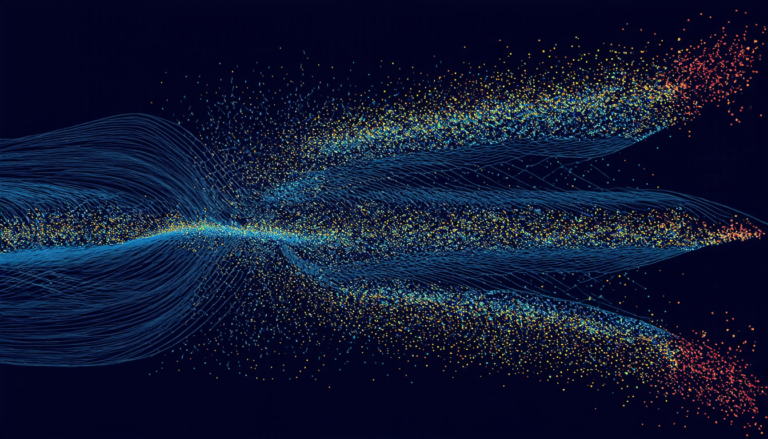Saturday 29 March 2025
Scientists have been working on developing a new type of detector that can accurately measure the timing of particles in high-energy physics experiments. The goal is to create a device that can identify particles with unprecedented precision, allowing for more accurate results and potentially opening up new avenues of research.
The current state-of-the-art in particle detection relies on photomultiplier tubes (PMTs), which are highly sensitive to light but have limited size and cost. In contrast, the new detector uses a technology called gaseous photomultiplication, which involves amplifying electrical signals in a gas-filled chamber. This approach has the potential to offer both larger coverage areas and lower costs.
One of the key challenges in developing this technology is achieving high timing resolution. The researchers have achieved a single-photon time resolution of 25 picoseconds using a prototype detector with a LaB6 photocathode, which has an extremely low quantum efficiency but stable performance in gases. This means that the detector can accurately measure the arrival time of individual photons, which is essential for precise particle identification.
The team also developed a Cherenkov timing detector using the same technology, with a CsI photocathode and MgF2 Cherenkov radiator. The goal was to demonstrate its potential as a picosecond timing TOF detector for particle identification in high-energy physics experiments. In tests using a 3 GeV electron beam at KEK’s PF-AR test beamline, the detector showed promising results, with a time resolution of 73 ps for all signals and 62.3 ps for the highest gain signals.
The researchers plan to improve the detector further by increasing the number of detected photons and the gap voltage. With these upgrades, they expect to achieve a timing resolution of less than 10 ps. They also aim to increase the sampling rate of the digitizer to better discriminate between first pulses from overlapping second pulses due to photon feedback.
The development of this technology has significant implications for high-energy physics research. Accurate particle identification is crucial for understanding the fundamental nature of matter and the universe, and this detector could play a key role in future experiments. The potential for larger coverage areas at lower costs also opens up new possibilities for applications beyond high-energy physics.
Cite this article: “Advances in Particle Detection: Achieving Accurate Timing with Gaseous Photomultiplication Technology”, The Science Archive, 2025.
High-Energy Physics, Particle Detection, Gaseous Photomultiplication, Timing Resolution, Photonics, Quantum Efficiency, Cherenkov Radiation, Tof Detector, Picosecond, Digitizer.







